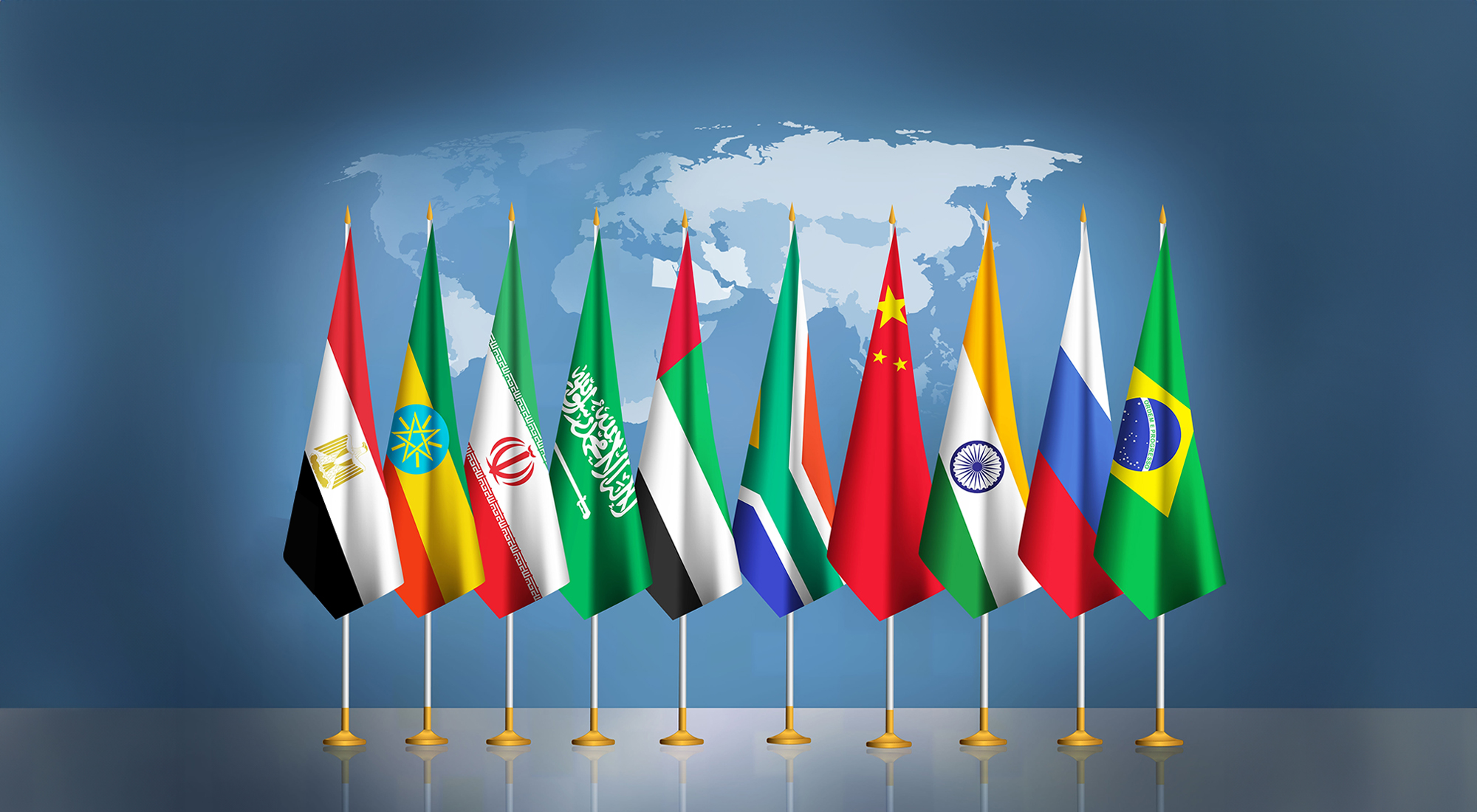The BRICS coalition stands as one of the most significant geopolitical developments of the 21st century, representing a fundamental shift in global economic power dynamics. Originally coined by Goldman Sachs economist Jim O’Neill in 2001 as “BRIC,” the acronym identified Brazil, Russia, India, and China as emerging economies poised to reshape the world order. South Africa’s inclusion in 2010 completed the current BRICS formation.
From Economic Concept to Global Powerhouse
What began as an economic concept has evolved into a formalized multilateral organization representing over 3.2 billion people—roughly 40% of the world’s population—and accounting for approximately 25% of global GDP. The coalition’s combined economic output rivals that of the G7 nations, signaling a decisive shift from Western-dominated global governance structures toward a multipolar world order.
BRICS nations share common characteristics that bind their partnership: large territorial expanse, substantial populations, abundant natural resources, and rapidly growing economies. However, their diversity—spanning different political systems, cultural backgrounds, and economic models—also presents both opportunities and challenges for cohesive policy coordination.
Alternative Financial Architecture
The coalition’s primary objective centers on reforming international financial institutions and creating alternative mechanisms for global economic cooperation. The establishment of the New Development Bank in 2015, headquartered in Shanghai with $100 billion in initial capital, exemplifies this ambition. Unlike traditional Western-led institutions such as the World Bank and International Monetary Fund, the NDB operates without political conditionalities, offering developing nations more favorable lending terms.
The coalition has further expanded its influence through the Contingent Reserve Arrangement, a $100 billion emergency fund designed to provide financial stability during economic crises. Additionally, BRICS has pursued de-dollarization efforts, promoting trade in local currencies and exploring alternatives to the SWIFT payment system.
Growing Global Influence and Future Prospects
Recent developments have seen growing interest from other emerging economies seeking membership or partnership status. Nations across Africa, Asia, and Latin America view BRICS as an attractive alternative to Western-dominated institutions, particularly as traditional powers face internal challenges and shifting global priorities.
The coalition’s significance extends beyond economics into diplomatic and strategic realms. BRICS provides member nations with enhanced bargaining power in international negotiations and offers a platform for addressing global challenges from developing world perspectives.
As the global economy becomes increasingly multipolar, BRICS represents more than just an economic partnership—it embodies a vision of international cooperation based on mutual respect, sovereignty, and shared prosperity, challenging the established order while offering emerging nations a voice in shaping the future of global governance.
Frequently Asked Questions
BRICS is an acronym for Brazil, Russia, India, China, and South Africa—five major emerging economies that formed this coalition to enhance economic cooperation and challenge Western-dominated global institutions.
The BRICS coalition represents over 3.2 billion people (40% of global population) and accounts for approximately 25% of world GDP, making it a formidable economic bloc that rivals the G7 nations in combined output.
Established in 2015 with $100 billion in capital, the New Development Bank is BRICS’ alternative to Western financial institutions like the World Bank, offering loans to developing nations without political conditions typically imposed by traditional lenders.
Disclaimer: The information in this article is for general purposes only and does not constitute financial advice. The author’s views are personal and may not reflect the views of CoinBrief.io. Before making any investment decisions, you should always conduct your own research. Coin Brief is not responsible for any financial losses.



